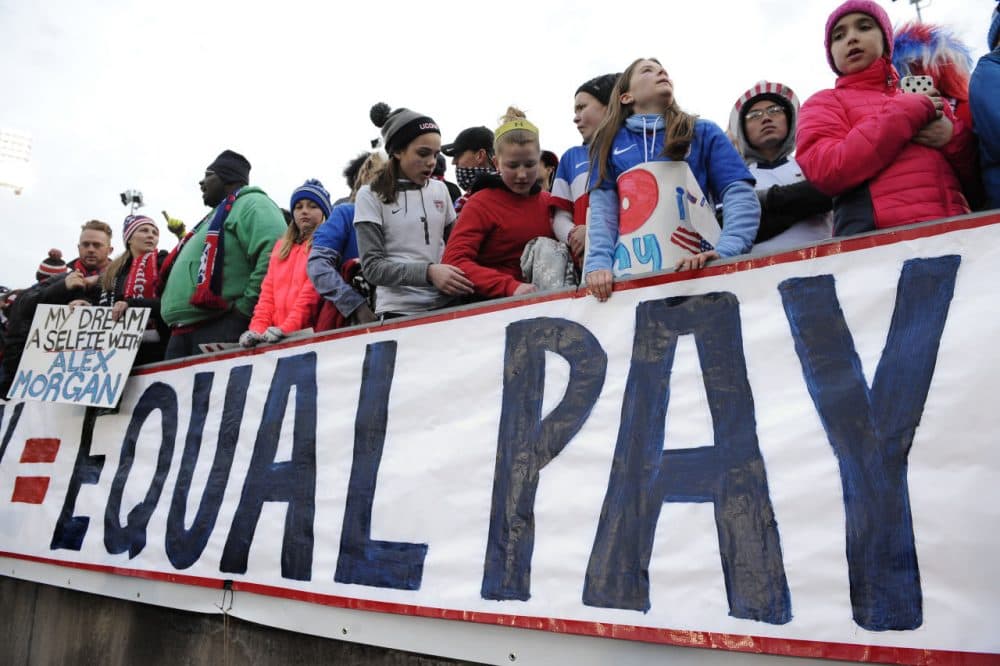

By studying the affect of different attributes on the gender wage gap, we can better understand both the scale of this issue and its possible solutions. So, we explore the question, how does a worker’s marital status, along with other variables, impact the gap in hourly wage between male and female workers? We seek to create a model able to predict the gender wage gap given a set of variables—age, years of education, race, state, and marital status.
Gender inequality is a complex subject consisting of a variety of issues and nuances. In this project, we choose to study gender income inequality—a prevalent issue in current society. Among the many factors that play a role in the gender wage gap, we focus on the affects of marital status, race, geographical location (by state), age, and years of education. By using these variables to create a model able to predict the hourly wage gap between a woman and their equivalent male counterpart, we can analyze the impact of each variable to better understand the role they play in the income gap. Utilizing income data from the Current Population Survey, we train and test five models—a Linear Regression, Decision Tree Regressor, Random Forest Regressor, KNeighbors Regressor, and MLP Regressor. Our Linear Regression model found that there is a correlation between being a never married worker and a smaller gender wage gap, as well as being a married worker with an absent spouse and a greater gender wage gap. In general, though, our models found little correlation between the variables provided and the predicted hourly age gap.
Explore More!

Related Projects



